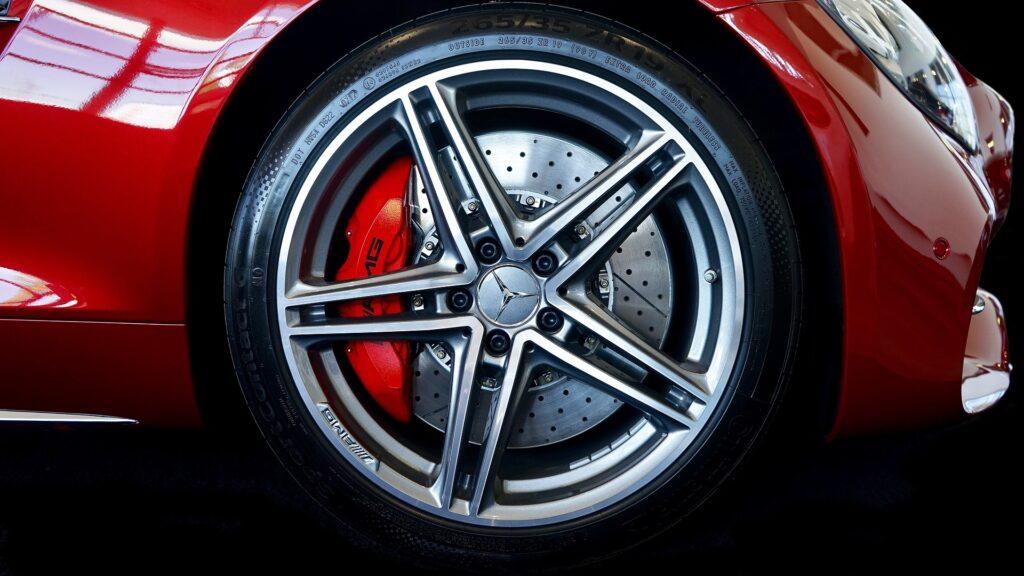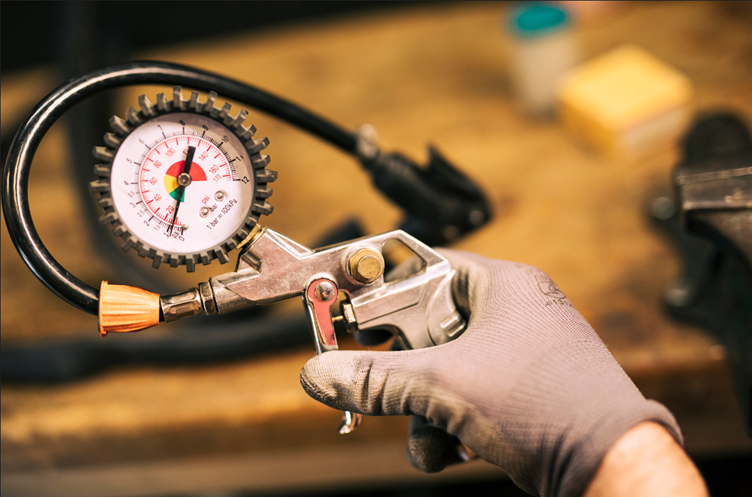
Sweet Surprises! It’s our 14th Birthday!
We’re 14! Thanks for Being Part of the Ride! This month, Tyre Shop Online turns 14 years old, and we’re celebrating by giving back to

Getting your car tyre pressure right might seem like a small detail, but it makes a big difference to your safety, fuel economy, and how long your tyres last. Let’s break it down in plain English so you can keep your tyres pumped and your ride smooth.
Tyre pressure is the amount of air inside your vehicle tyre, measured in units like PSI (pounds per square inch), BAR, or kPa (kilopascals). Each vehicle has its own ideal tyre pressure and running your tyres too high or too low can cause problems.
Conversion examples: 1 BAR = 100 kPa = 14.5 PSI
Having the correct car tyre pressure makes a big difference for your vehicle:
Read our blog about how to avoid aquaplaning and how to prevent it.
Driving with incorrect pressure can cause:
Several factors influence your vehicle tyre pressure:
There’s no one-size-fits-all number. Most passenger cars need between 30–35 PSI, but always refer to your vehicle handbook or the sticker inside the driver’s door. This tells you the recommended tyre pressure for front and rear tyres.
Pro tip: The spare tyre often needs a different pressure – don’t forget to check that too!

You don’t need to be a mechanic to check your tyre pressure – just follow these simple steps:
Handy Tip: Keep a Pressure Gauge in Your Glovebox. They’re cheap, easy to use, and will save you time (and tyres) in the long run.
Checking your car tyre pressure only takes a few minutes, but it can save you money, improve your fuel efficiency, and keep you safe on the road. Make it part of your regular car care routine, your tyres (and wallet) will thank you!
Got questions? Reach out to our team – we’re here to help you stay safe and sorted.
Happy Motoring!

We’re 14! Thanks for Being Part of the Ride! This month, Tyre Shop Online turns 14 years old, and we’re celebrating by giving back to

When you’re heading off the beaten track, there’s a lot more to think about than just where you’re going. Off-road adventures…

We love our SUVs in New Zealand. Whether it’s towing the boat, packing up for a long weekend away, or chucking the gear in…
Ecommerce Website Design & Development by Digital Refinery